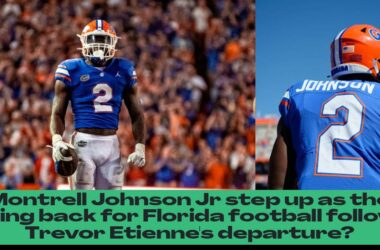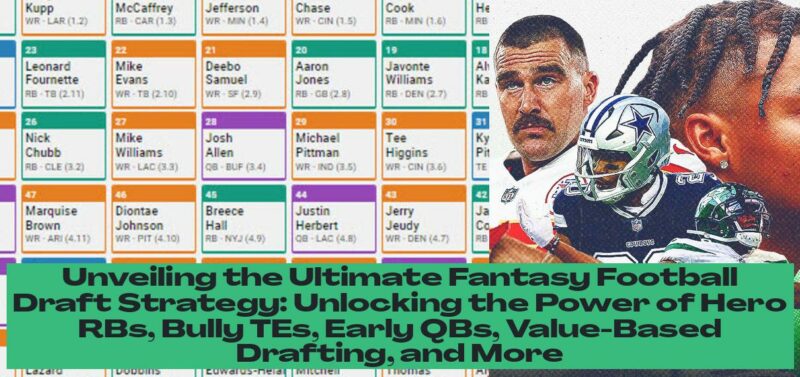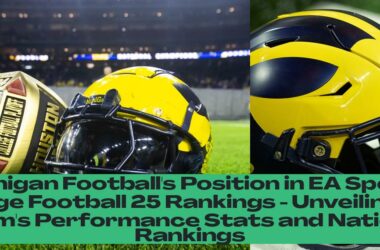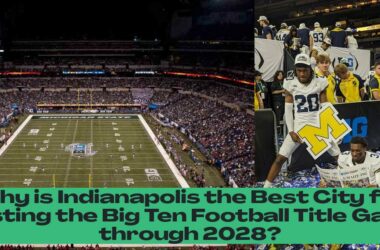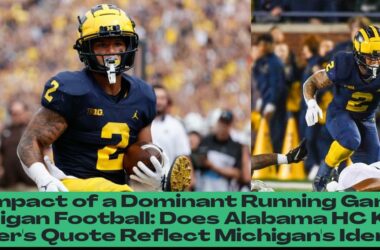Fantasy Football Draft Strategy Primer: Hero RB, Bully TE, Early QB, Value-Based Drafting and More
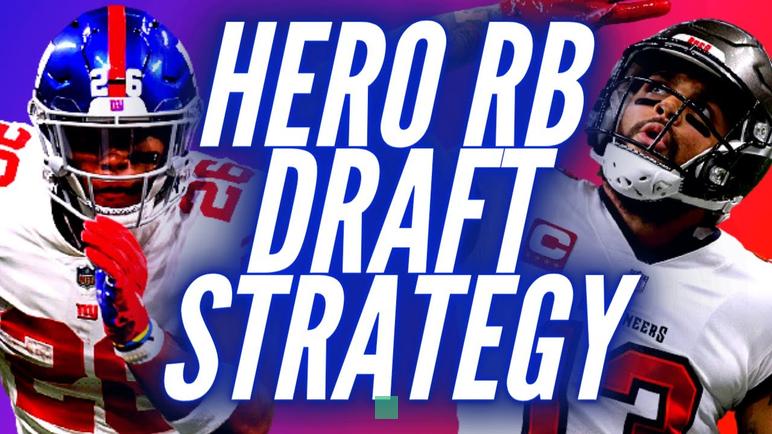
As the dog days of summer wane and the NFL regular season looms, fantasy football fever intensifies. The familiar murmurs of draft strategy and player analysis permeate the air, and the quest for the ultimate draft plan commences. Countless pundits and analysts will offer their takes on the best approach, but the truth remains simple: any fantasy football draft strategy can lead to victory if you choose the right players.
In this primer, we delve into a diverse array of draft strategies, offering an insider’s perspective on how to navigate the treacherous waters of your upcoming draft. From the classic Hero RB approach to the bold Zero RB strategy, we’ll dissect each approach, highlighting its strengths, weaknesses, and potential pitfalls. We’ll also explore the nuances of value-based drafting and the merits of a balanced lineup approach, providing you with the tools necessary to craft a winning draft blueprint.
- The Hero RB strategy in fantasy football involves prioritizing a dominant bell-cow running back in the first round to build a strong foundation for your lineup.
- By focusing on securing a high-scoring RB1 early, you can confidently target top-tier talent at other positions like wide receivers, tight ends, and quarterbacks.
- Delaying the selection of your second running back (punting RB2) is a key aspect of the Hero RB strategy to avoid the “RB dead zone” where running back value drops significantly.
- The 2024 season offers an ideal landscape for implementing the Hero RB strategy with elite running backs like Christian McCaffrey, Bijan Robinson, Breece Hall, and Jahmyr Gibbs available.
- Exploring different draft strategies such as Zero RB, bully TE, early QB, and value-based drafting can provide insights into crafting a winning fantasy football draft blueprint.
- Ultimately, success in fantasy football drafts hinges on selecting the right players regardless of the specific strategy employed.
Hero RB: The Foundation of Dominance
The Hero RB strategy has long been a cornerstone of fantasy football success. This approach centers on securing a dominant, bell-cow running back in the first round, often referred to as your “hero,” and then building around this foundational piece. By prioritizing a high-scoring RB1, you establish a formidable base for your lineup, allowing you to confidently attack other positions.
The Hero RB strategy thrives on the principle of “punting RB2,” which means delaying the selection of your second running back. This allows you to focus on landing top-tier talent at other positions, such as wide receivers, tight ends, and even a high-scoring quarterback. This strategic shift also helps you avoid the dreaded “RB dead zone,” a common pitfall where the value of running backs plummets, forcing you to settle for less-than-ideal options.
The 2024 season presents an ideal scenario for employing the Hero RB strategy. Several elite running backs, including Christian McCaffrey, Bijan Robinson, Breece Hall, and Jahmyr Gibbs, project as first-round selections. Securing any of these players in the opening round gives you a significant advantage at running back, setting the stage for a balanced and potent lineup.
Beyond the traditional Hero RB approach, there’s a modified version that allows you to capitalize on the current draft trends. With the emphasis on wide receivers in the early rounds, you can pivot by selecting a top-tier wide receiver in Round 1 and then grabbing a high-scoring running back like Saquon Barkley, Jonathan Taylor, or De’Von Achane in Round 2. This hybrid strategy offers the best of both worlds: a dominant Alpha WR and a high-performing running back.
Here’s an example of a Hero RB draft strategy using current NFFC ADP (Average Draft Position):
- 1.04 Breece Hall, RB, NYJ
- 2.09 Jaylen Waddle, WR, MIA
- 3.09 DJ Moore, WR, CHI
- 4.04 Zay Flowers, WR, BAL
- 5.09 Mark Andrews, TE, BAL
- 6.04 Anthony Richardson, QB, IND
- 7.09 Jaxon Smith-Njigba, WR, SEA
This draft strategy prioritizes landing a game-changing running back in Breece Hall, followed by a strong core of wide receivers in Jaylen Waddle, DJ Moore, and Zay Flowers. It then secures a top tight end in Mark Andrews, a high-potential quarterback in Anthony Richardson, and a promising young receiver in Jaxon Smith-Njigba. This lineup features a balanced spread of talent, with the potential to dominate at multiple positions.
Zero RB: The Bold and the Beautiful
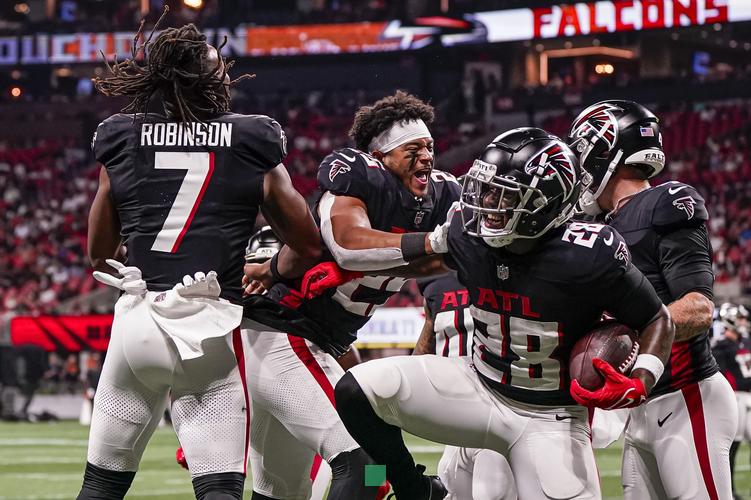
For the adventurous and the bold, the Zero RB strategy beckons. This approach defies conventional wisdom by completely abandoning running backs in the early rounds. Instead, you prioritize wide receivers, building a formidable arsenal of offensive firepower that can overwhelm your opponents. The premise is simple: fill your lineup with top-tier wide receivers, tight ends, and quarterbacks before finally addressing the running back position.
Zero RB enthusiasts believe that the value of wide receivers in the early rounds outweighs the perceived risk of delaying running back selections. They argue that the depth at wide receiver allows you to build a truly dominant core, while the running back position can be addressed later in the draft with players who offer comparable production to their higher-drafted counterparts.
The current ADP environment has made Zero RB a more viable strategy. The surge in popularity of wide receivers has pushed running backs down the board, creating opportunities to land high-quality options later in the draft. The “RB dead zone” has expanded, allowing Zero RB proponents to secure elite wide receivers with minimal repercussions at the running back position.
Here’s an example of how the Zero RB strategy can be executed:
- 1.02 CeeDee Lamb, WR, DAL
- 2.11 Brandon Aiyuk, WR, SF
- 3.11 Malik Nabers, WR, NYG
- 4.02 George Pickens, WR, PIT
- 5.11 Kyle Pitts, TE, ATL
- 6.02 Rhamondre Stevenson, RB, NE
- 7.11 Tony Pollard, RB, TEN
This draft strategy prioritizes securing a dominant core of wide receivers in CeeDee Lamb, Brandon Aiyuk, Malik Nabers, and George Pickens, along with a top tight end in Kyle Pitts. By delaying the running back position, the strategy allows you to land high-value, starting-caliber running backs in Rhamondre Stevenson and Tony Pollard later in the draft. This lineup is loaded with offensive firepower, with the potential to dominate both the passing and rushing games.
Robust RB: The Power of the Pound
For those who believe in the power of the running game, the Robust RB strategy offers an alternative route to success. This approach, often viewed as a throwback to earlier eras of fantasy football, emphasizes loading up on running backs in the early rounds. By securing multiple high-scoring running backs, you aim to create a consistent scoring foundation, relying on volume and efficiency to outlast your opponents.
While the Robust RB strategy may seem counterintuitive in the modern era of high-powered passing offenses, it can still yield impressive results. The strategy’s strength lies in its ability to build a dominant rushing attack that can deliver consistent points week after week. With multiple high-caliber running backs in your arsenal, you can weather injuries, maintain a strong scoring base, and potentially outscore competitors who focus on wide receivers.
The 2024 draft class features several promising young running backs who could be the perfect fit for the Robust RB approach. Players like De’Von Achane and Travis Etienne possess exceptional talent and upside, making them attractive targets in the middle rounds. Additionally, veterans like Saquon Barkley, Jonathan Taylor, and Derrick Henry can provide reliable production and volume, further bolstering your running back core.
The Robust RB strategy is a bold move, a calculated gamble against the prevailing draft trends. It requires confidence in your ability to find value at other positions later in the draft. With the right execution, it can be a winning formula, but it also carries the risk of falling behind at other positions if you fail to capitalize on opportunities.
Bimodal RB: The Hybrid Approach
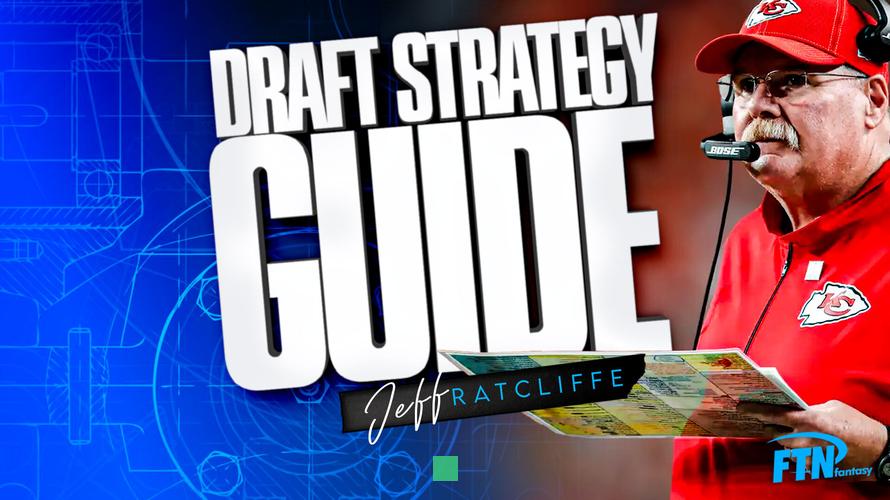
The Bimodal RB strategy combines the strengths of the Hero RB and Robust RB approaches, offering a unique and balanced approach to running back selection. This strategy involves drafting two running backs in the first two or three rounds, followed by another running back in the traditional “RB Dead Zone” (Rounds 3-7). After that, you shift your focus to other positions, picking up running backs sparingly in the late rounds.
The Bimodal RB strategy aims to secure two high-caliber running backs early in the draft, providing a solid base for your running back production. It then targets one more running back in the middle rounds, adding depth and potential upside to your roster. By focusing on other positions in the later rounds, you can capitalize on value, build a strong core at other positions, and avoid the pitfalls of over-drafting at the running back position.
This strategy offers flexibility and balance. It allows you to build a strong foundation at running back, while also leaving you with ample draft capital to address the other positions. It’s a hybrid approach that can be particularly effective in drafts where the value at running back fluctuates throughout the middle rounds.
Bully TE: The Tight End Advantage
The Bully TE strategy, often overlooked in standard PPR leagues, can be a potent weapon when executed correctly. This approach involves prioritizing tight ends in the early rounds, aiming to secure two high-scoring tight ends who can dominate the position. It’s a contrarian strategy that challenges the conventional wisdom of targeting wide receivers and running backs in the early rounds.
In recent years, the emergence of several high-scoring tight ends has made the Bully TE strategy more viable. The 2023 season saw six tight ends score over 200 PPR points, a significant increase from previous years. This trend suggests that the tight end position is becoming more valuable, offering opportunities for dominance and a strategic edge.
The current ADP market supports the Bully TE strategy. Sam LaPorta, the projected TE1, is available at the end of Round 3, making it conceivable to draft the top two tight ends without significant draft capital. The depth and quality at the tight end position this season make starting two tight ends a viable and affordable option.
Here’s an example of how the Bully TE strategy can be executed:
- 1.03 Tyreek Hill, WR, MIA
- 2.10 Travis Etienne, RB, JAC
- 3.10 Sam LaPorta, TE, DET
- 4.03 Trey McBride, TE, ARI
- 5.10 Calvin Ridley, WR, TEN
- 6.03 Keenan Allen, WR, CHI
- 7.10 Jaylen Warren, RB, PIT
This draft strategy prioritizes securing a dominant wide receiver in Tyreek Hill, a high-performing running back in Travis Etienne, and two top tight ends in Sam LaPorta and Trey McBride. With a strong core at both wide receiver and tight end, this lineup has the potential to dominate the scoring landscape.
Early QB: The Power of the Pocket
The Early QB strategy has become increasingly popular in recent years, with drafters recognizing the value of securing elite quarterbacks early in the draft. This approach involves selecting quarterbacks in the first four or five rounds, potentially even as early as Round 2. It’s a bold move that reflects the growing importance of quarterbacks in fantasy football.
The rise of high-scoring quarterbacks, particularly those with dual-threat abilities, has driven the Early QB strategy. Players like Josh Allen, Patrick Mahomes, and Jalen Hurts have consistently delivered exceptional production, making them coveted assets in fantasy football. The potential for a quarterback to dominate the position and significantly impact your weekly scores has made the Early QB approach a viable option.
The current ADP market has shifted dramatically for quarterbacks, with Allen, Mahomes, and Hurts now available in Round 4. This presents a unique opportunity to secure an elite quarterback at a more palatable price, allowing you to build a strong foundation at the position without sacrificing significant draft capital. However, it’s crucial to weigh the value of a quarterback in Round 4 against the potential benefits of selecting high-caliber players at other positions.
The Early QB strategy can be a winning formula, but it also carries risks. If you fail to secure a top-tier quarterback in the early rounds, you may be forced to settle for a less-than-ideal option later in the draft. Additionally, the success of the Early QB strategy depends on the performance of your chosen quarterback. If your quarterback underperforms, the strategy can backfire, leaving you with a hole in your lineup.
Late Round QB/TE: The Value Play
For those who prefer a more conservative approach, the Late Round QB/TE strategy offers an intriguing alternative. This strategy involves delaying the selection of both quarterbacks and tight ends until the later rounds, focusing on building a strong foundation at other positions. By waiting on these positions, you can capitalize on the depth available and potentially find value picks that can deliver strong production.
This strategy thrives on the belief that you can find undervalued quarterbacks and tight ends in the later rounds. Every year, there are quarterbacks who exceed expectations, and tight ends who emerge as breakout performers. By waiting until the later rounds, you can capitalize on these opportunities and potentially snag a hidden gem who can contribute significantly to your fantasy success.
The current ADP market favors the Late Round QB/TE strategy. Several quarterbacks, including Matthew Stafford, Deshaun Watson, and Kirk Cousins, are routinely available in Round 11 or later. At tight end, players like Luke Musgrave, Dalton Schultz, and Cole Kmet offer potential value in the same range.
The Late Round QB/TE strategy can be particularly effective in drafts where the early rounds are dominated by running backs and wide receivers. It allows you to build a strong core at these positions while still finding quality options at quarterback and tight end, maximizing the value of your draft picks.
Value-Based Drafting: The Art of The Deal
Value-based drafting (VBD) is a sophisticated strategy that goes beyond simply selecting the highest-ranked player available. It involves analyzing player projections and comparing their projected points to their ADP, identifying players who are undervalued relative to their expected production.
To execute VBD effectively, you need to rely on accurate projections and a deep understanding of your league’s scoring system and lineup requirements. You need to determine which positions are most valuable in your league and identify players who offer the most significant statistical advantage over their counterparts.
VBD can be a rewarding strategy, but it requires careful analysis and a willingness to deviate from traditional draft trends. You need to be comfortable making decisions based on projected value rather than simply following the crowd. If you are willing to put in the work and trust your analysis, VBD can give you a significant edge in your draft.
Balanced Lineup: The Steady Hand
The Balanced Lineup strategy takes a more traditional approach, focusing on building a well-rounded team with balanced scoring across all positions. This strategy emphasizes selecting the best player available at each position, regardless of draft trends or positional preferences.
This approach aims to create a team that is strong across the board, with minimal weaknesses. It avoids the risks associated with “punting” positions or prioritizing one position over others. The goal is to build a lineup that can consistently score points, relying on a balanced approach rather than a single, dominant position.
The Balanced Lineup strategy is a safe and reliable approach, but it can also be less rewarding than other strategies. It may limit your ability to dominate at a specific position and force you to rely on the waiver wire to fill gaps in your lineup. It’s a strategy that emphasizes consistency over dominance, a choice that may be suitable for those who prefer a more predictable and less risky approach.
In conclusion, the quest for the perfect fantasy football draft strategy is an ongoing journey, filled with endless debates and evolving trends. Each strategy offers its unique advantages and disadvantages, and the right approach for you depends on your individual preferences, league settings, and overall draft philosophy. By carefully considering your options, understanding the current draft landscape, and embracing the art of strategic decision-making, you can craft a draft plan that sets you up for success.


